We follow the rules of crop rotation: what can be planted after the onion for the next year, and what is not worth it
Garden owners often experiment, planting different crops from year to year: vegetables, berries, spices, medicinal herbs and others. They all interact with the soil - they take nutrients from it and transfer their own. Proper plant rotation in the same area replenishes the fertility of the land, reduces the risk of disease and increases yields.
Even an ordinary onion obeys the rules of crop rotation. What is desirable to plant after the onion next year, and what is not recommended to plant, which plants will be the best companions for the onion family, you will learn from this article.
The content of the article
- Crop rotation rules for growing onions
- Why is it important to comply with them
- Features of crop rotation after onions in the greenhouse and in the open field
- Does the earth need rest after onions
- What can be planted after the onion next year
- The best predecessors before planting onions
- After what crops it is better not to plant onions
- The best and worst garden neighbors
- Tips from experienced summer residents
- Conclusion
Crop rotation rules for growing onions
Crop rotation means proper crop rotation, which reduces the risk of plant diseases and increases soil fertility.
Crops of the onion family thrive in non-acidic, moderately moist soil with good air permeability. The area where the onion is planned to be planted should be well warmed up by the sun. The culture does not like heavily shaded beds: a lack of light has a bad effect on the size of the forming bulbs.
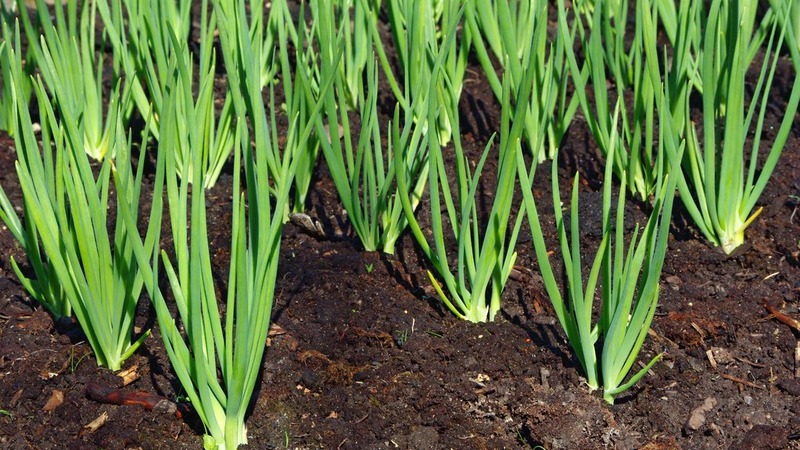
Onion beds should not be fertilized with fresh manure. The best top dressing will be mineral fertilizers containing nitrogen, potassium and phosphorus and wood ash.
reference! Wood ash not only saturates the soil with useful substances, but also prevents the occurrence of fungal diseases.
With increased acidity of the soil, it is deoxidized by adding dolomite flour or slaked lime. Litmus test will help determine the acidity level. To do this, dissolve a little earth in a glass of water and place the indicator in the solution. With increased acidity, it will turn red.
Maintaining the soil in a stable-moist state will have a beneficial effect on crop yields, while excess moisture will lead to putrefactive processes.
Why is it important to comply with them
The main reasons why you need to follow the crop rotation:
- Competent crop rotation preserves soil fertility.
- The principle of crop rotation prevents the accumulation of pathogens and insect pests.
- Proper planting of crops contributes to the health of the soil.
If you plant the same plant on the same bed for several years, it will drain the soil... In addition, pathogens characteristic of this culture will intensively develop in it.
Some plants not only do not deplete the soil, but, on the contrary, saturate it with nutrients. Such plants include legumes, green manure and winter crops. After them, the soil is rich in nitrogen and other useful compounds.
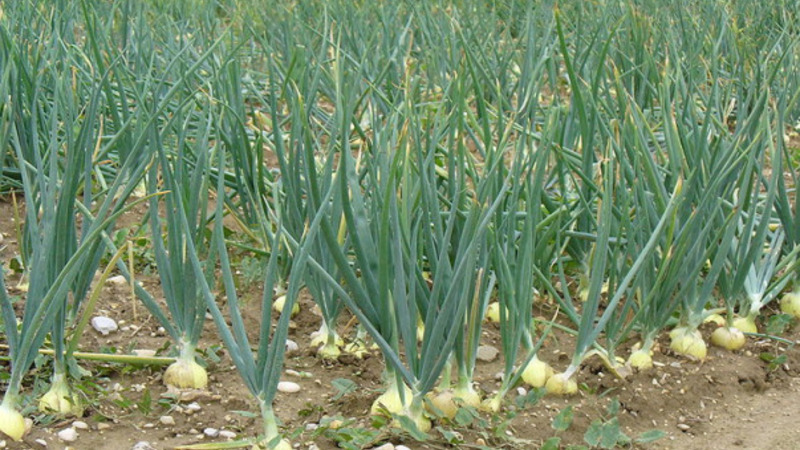
Features of crop rotation after onions in the greenhouse and in the open field
Unlike crop rotation in the open field, where the rotation takes place annually, greenhouse conditions allow one crop to be grown in one place for 2-3 years. But this is possible only with the annual change of the topsoil.
In the renewed soil, plants do not suffer from a lack of nutrition and are not affected by preserved fungal spores.For many gardeners, greenhouses are heated and used all year round.
Greenhouse soil is dug twice a year - in autumn and spring, and saturate with useful elements by applying organic fertilizers or a full complex of minerals. After digging, the soil is disinfected by spilling it with a hot solution of potassium permanganate and spraying with a solution of "Fitosporin".
reference! "Fitosporin" refers to contact fungicides and is used to prevent the development of fungal diseases.
Onions draw out many nutrients from the ground, and if they are planted on the same plot again, the yield will noticeably decrease. In addition, after it, pathogenic spores and pest larvae accumulate in the soil. Therefore, it will not be possible to grow high-quality bulbs in the open field in the same place.
Does the earth need rest after onions
The main rule: after onion crops, the land needs a three-year rest from the plants of this family. The soil needs such a long rest for two reasons: soil depletion and the accumulation of diseases and pests.
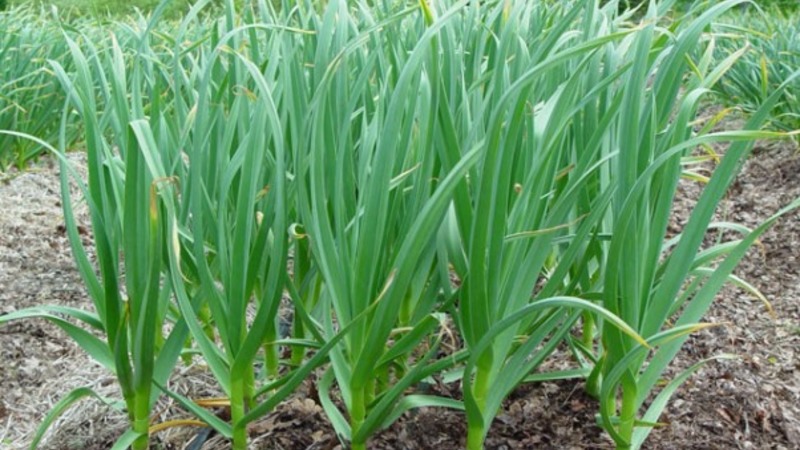
What can be planted after the onion next year
The next year, in the open field after onions, you can plant plants of the Solanaceae, Pumpkin, Legumes family, as well as winter crops, root crops. These plants are immune to diseases dangerous for onions, and the composition of the soil is quite conducive to their full development.
It is best to plant potatoes and peppers after the onions next year. These plants will take root well in onion beds. In addition, they suffer from various diseases - the pathogens preserved in the ground will not harm potatoes and peppers.
The table clearly shows what can be planted in the garden after the onion for the next year:
- Best followers - legumes (beans, peas, chickpeas, soybeans), root vegetables (carrots, beets, turnips), nightshades (potatoes, peppers), pumpkin (cucumber, squash, melon, zucchini).
- Possible followers - eggplants, tomatoes, cabbage.
- Invalid followers- onions (leek, spinach, shallots), garlic, wild garlic, corn.
What is best to plant immediately after harvesting onions
It is possible to plant in the beds after harvesting onions in August:
- Salad. It is always necessary on the table and serves as a decoration for any dish. The main thing is that the packaging has an inscription about the suitability for summer sowing.
- Early ripe cabbage. Hybrids with ultra-early ripening are considered an excellent option.
- Early varieties of carrots and beets. The only disadvantage of such plantings is that these vegetables are not suitable for long-term storage, but they will perfectly complement the taste of any vegetable dish.
- Radish (daikon). When planting radishes after onions, do not deeply deepen the seeds.
- Radish. This root crop with a long daylight hours goes into the arrow. Therefore, planting in mid-August is the best option for radishes.
- Dill.
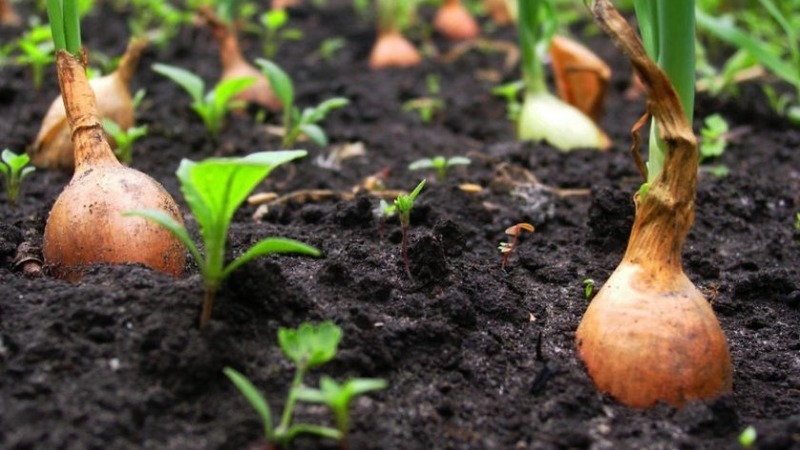
What should not be planted
After the onion, you cannot plant its brothers of the Onion family. These include onions and garlic. Depleted soil will not be able to provide them with the necessary nutrition, even with the introduction of mineral fertilizing. Such plantings will significantly reduce yields and lead to shredding of the bulbs. In addition, plants can infect "family" diseases, the spores of which are preserved in the soil.
Also, flowers such as amaryllis and hyacinth will not take root on onion beds.
After planting onions, the earth is dug up and potash fertilizers are applied.
The best predecessors before planting onions
The best predecessors for onions are:
After these plants, the onions will not only grow quickly, but will also please with a good harvest.
Also, a favorable soil is considered to be one in which organic fertilizers were applied in large quantities before planting. After planting and during the growing season, organic matter is not added to the onion beds, as this harms the plant.
Winter seeding is planted after corn, tomatoes, lettuce and cucumbers... A cold-resistant culture will sprout at an air temperature of + 5 ... + 7 ℃. But do not forget that the lower the temperature, the later the seedlings will appear.
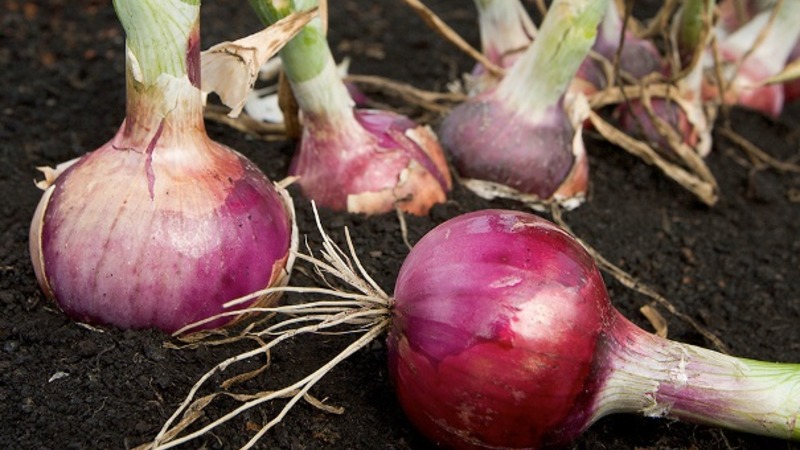
After what crops it is better not to plant onions
Inadmissible predecessors for a bow are:
- strawberries;
- greenery;
- spicy herbs;
- carrot;
- turnip;
- radish;
- radish;
- onion;
- garlic.
The best and worst garden neighbors
A plant from the onion family tolerates well the neighborhood next to strawberries. But when asked whether it is possible to plant onions after strawberries, the unequivocal answer is no. Strawberries have deep roots, so shallow-rooted plants are best in those beds.
Companion plants for the onion family also include carrots, celery, beets, and head lettuce.
But next to the beds on which they are planted: beans, peas and sage, the bitter vegetable will not get along.
Reference! The classic combination is onions and carrots. They protect each other from diseases and pests. Carrots drive away the onion fly, which causes considerable damage to the culture.
Tips from experienced summer residents
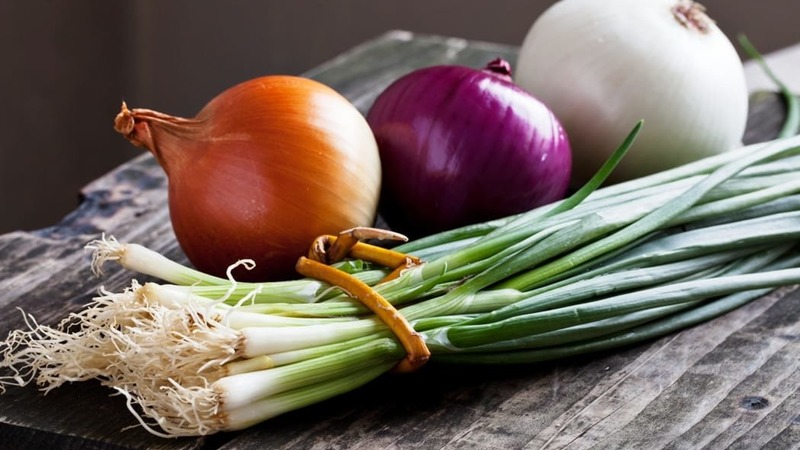
It is best to plant legumes and winter crops in the beds after onions the next year. Onion plants take up a lot of nitrogen for their development, and legumes fill the depleted soil with nitrogen. Also, after the onion, you can sow nightshade crops, having previously enriched the soil with minerals and wood ash.
In well-heated beds, the culture grows faster, so it is planted in sunny or slightly shaded places. In strong shade, the bow will not receive full development. It is also not recommended to plant it in lowlands, in places with high standing ground water and in cold soil.
The beds for onion crops are dug up in the fall with the introduction of compost and ash. But it is not recommended to add fresh manure, as it is destructive for almost all plants.
Experienced summer residents recommend planting sevok after potatoes. But you need to make sure that there are no pests: nematodes and wireworms.
Conclusion
Violation of crop rotation when growing plants of the Onion family will lead to crop degeneration. First, the yield will noticeably decrease, then the fruits are crushed.
Trying to cope with the introduction of organic matter and minerals in large quantities is not worth it, this technique will also negatively affect the plantings. In addition, the likelihood of damage by pests and diseases increases. But if agrotechnical rules are observed, not only soil fertility will be preserved, but also plant productivity.